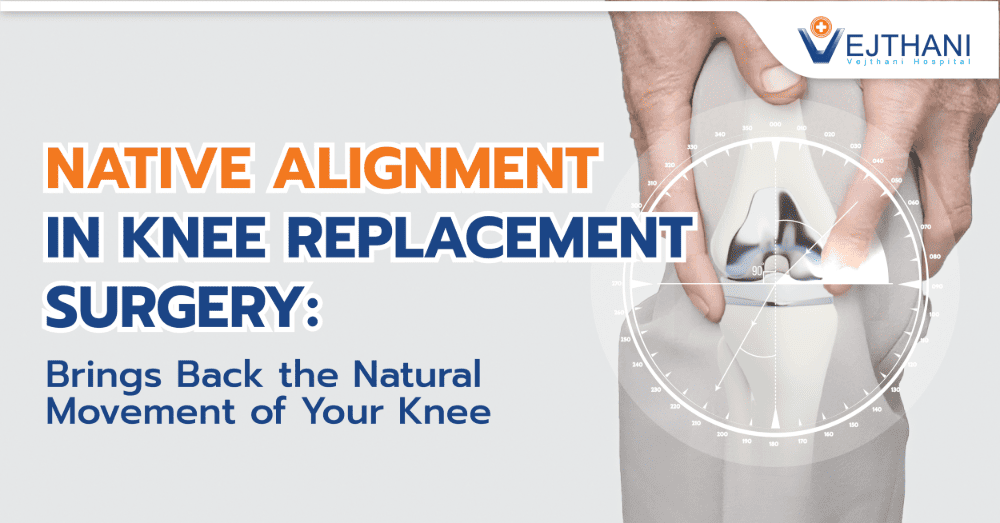
Cosmetic dentistry
Overview
Cosmetic dentistry is centered around enhancing the visual appeal and aesthetics of your smile. Typical cosmetic dental treatments encompass procedures like teeth whitening, dental bonding, and the application of veneers.
Reasons for undergoing the procedure
Cosmetic dentistry can be considered if you have chipped or cracked teeth, small gaps or spaces between your teeth, tooth discoloration and staining, misshapen teeth, or misaligned teeth, provided your overall oral health is in good condition. However, if you have extensive cavities or gum disease, it’s essential to address these issues first before pursuing cosmetic dental treatments. Once your oral health is restored, you can then discuss and decide which specific cosmetic procedures you’d like to explore to enhance your smile.
Types of cosmetic dentistry
Cosmetic dentistry is dedicated to enhancing the appearance of your smile by achieving greater balance, symmetry, and aesthetic appeal. Common cosmetic dental procedures encompass teeth whitening, dental bonding, veneers, and tooth and gum contouring.
- Teeth whitening: Over time, teeth can become stained from consuming dark-colored foods and beverages like coffee, tea, and berries. Professional teeth whitening is a safe and effective method to noticeably lighten the color of your teeth and enhance your smile. Dentists typically offer both in-office and at-home teeth whitening options. In-office whitening can be completed in about one hour, while at-home whitening typically takes a couple of weeks.
- Tooth contouring: This procedure involves the precise removal of small amounts of enamel to reshape teeth. Due to the finite amount of natural enamel available, there are limitations to how much tooth structure can be altered. Tooth contouring can typically be completed in a single dental office visit.
- Gum contouring: Excess gum tissue, often present from birth, can lead to an unbalanced or “gummy” smile. Gum contouring addresses this issue by removing excess gum tissue and reshaping the gum line to achieve a more symmetrical and balanced appearance.
- Dental bonding: Dental bonding involves the application of tooth-colored composite resin to cover and conceal imperfections such as cracks, craze lines (tiny cracks), and discoloration. It can also be used to alter the shape of a tooth, making it longer, wider, or more uniform. Dental bonding generally requires replacement every five to seven years and does not necessitate the removal of natural tooth enamel, making it a reversible procedure.
- Porcelain veneers: Porcelain veneers are thin, durable shells made of medical-grade ceramic that are affixed to the front surfaces of teeth. Similar to dental bonding, veneers can mask a variety of cosmetic flaws, including chips, cracks, and discoloration. There are various types of veneers, including traditional and minimal prep. While all veneers involve some removal of natural enamel, the degree of reversibility depends on the type chosen. Typically, porcelain veneers may need replacement every 10 years or so.
Risks
Cosmetic dentistry expenses typically remain uncovered by insurance providers due to their non-essential nature and lack of necessity for overall health. Moreover, individuals seeking cosmetic dental treatments should be aware of the ongoing commitment involved in maintaining their enhanced smile, with some procedures, such as porcelain veneers, being irreversible and necessitating replacement every few years.
Outcome
The duration of recovery after a cosmetic dental procedure varies depending on the specific treatment and the number of teeth involved. For instance, if you’ve undergone dental bonding for one tooth, you can typically resume your regular activities right away. However, if you’ve had gum contouring done, you might need to take a day or two off work to allow for proper healing. Your dentist is the best source of information on the expected recovery timeline for your particular procedure.
If you’re feeling self-conscious or embarrassed about issues like chipped, cracked, crooked, or discolored teeth affecting your smile, it’s advisable to have a conversation with your dentist about potential cosmetic dentistry options. There are numerous ways to enhance the appearance of your smile, and your dentist can discuss your cosmetic objectives with you and create a personalized treatment plan.
In the meantime, it’s essential to continue seeing your regular dentist for routine dental check-ups and cleanings. Maintaining good oral hygiene practices at home between dental visits is crucial to ensuring the health of your teeth and gums.
Contact Information
service@vejthani.com






















